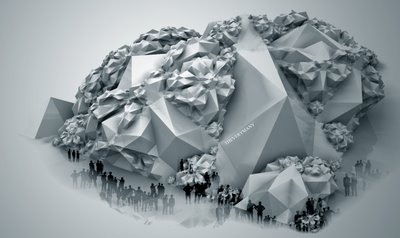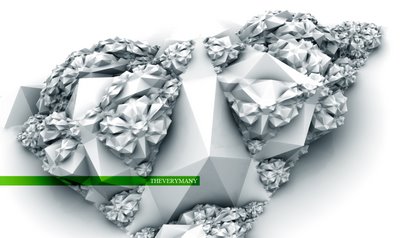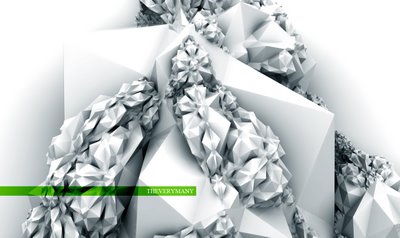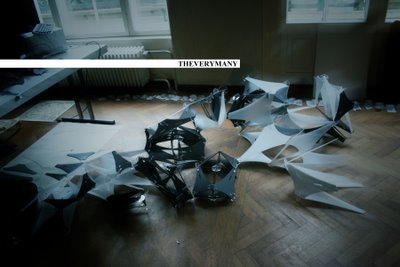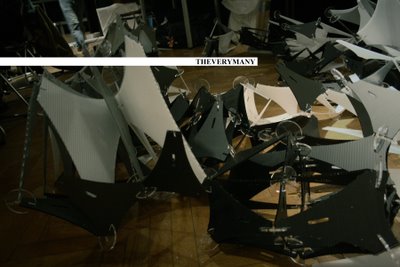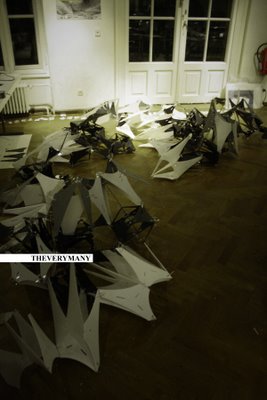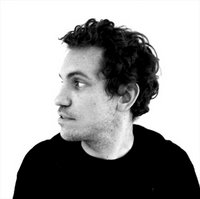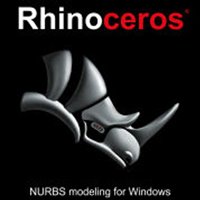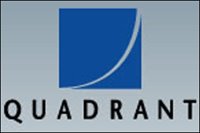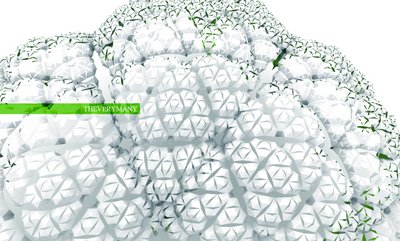
BIO(x)...
"
BIOmorphic" it first became (or eventually came back for the one who believes in trend periodicity...)
"Architectural theory" directly responded early 2000 by the concept of "
BIOmimetism" as the hot topic for architects surfing on the what's next weave after the "
BIOmimicry" which emerged in parallel from the animation software at the end of the nineties... yes it does make sense to look "
how nature would solved a problem" rather than looking at nature itself - though each of us had to re-discovered that yes "
in nature form is free and structure is expensive"... and therefore -except if your extreme diva character allows you to afford sometimes absurd ways of manufacturing- one might rather look at post modernism as the human Nature way of saving on form (though btw also often wasting on structure via demonstrative cantilevers)...
"
Ecologies" -which emerged nearly five years ago within the architectural discourse- seems to be still the current natural evolution of the Bio(x) phenomenon: yes there should be some kind of balance since so many different feedbacks can be input as parameters onto what is often simply pictured as a gigantic "design process dash board" aiming toward performances - it is somehow making sense, or eventually once more it should make sense...
This Bio(x) history has no intention to be accurate or exhaustive - it can definitively be seen as a very cliche summary - though here required as frame work or axiom of that specific series...
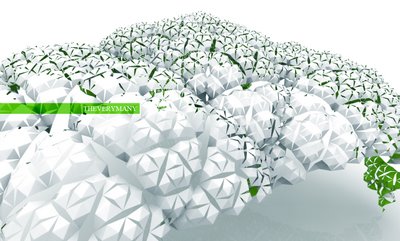
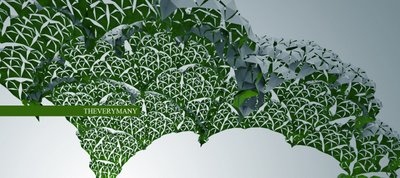
"
BIOmodelism"
THEVERYMANY "series" have yet no pretention to be smart as biomimetism or aiming toward new ecologies... there are based on a very simple and straight forward oldschool empiric lab approach trying first to understand existing mathematical/geometrical models as explicit and ordered sets of instruction, learn to replicate them through coding and finally within that process strategize in terms of design...
That last step often result in compromising the integrity of the original model - I am calling that approach "
Modelism" as a derivate from "
building model" where you're first trying to understand the kit of parts and then reassemble it to match the model - THERYMANY "series" are based on such process except that it is somehow like building blind or simply without the schematic where the emergent tolerances are distinguishing the result as "design" from its diagram...
Though yes - as some of those models are directly coming from early ways trying to replicate natural phenomenon - a direct resemblance to nature often emerge through the resultant form and structures...
this can sometimes reveal itself quite tricky looking at the current trend of Voronoi mimicry, soon it will replace the post modern box as standard! though at least for once intricate detailing about it and a slight notion of scale could transform it into architecture rather than simply inhabitable diagrams... sorry for such sarcasm as THEVERYMANY has actively collaborate to its success but as sort of young Jedi constantly trying to master new techniques within the field, I am afraid many more prototypical models will than unfortunately follow such downfall...
THEVERYMANY « Series » - "une histoire a suivre..."
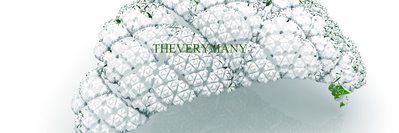
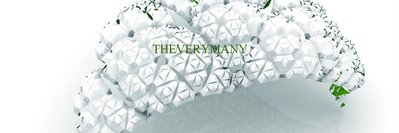
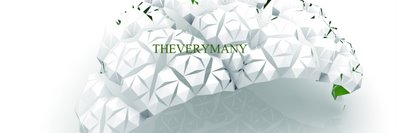
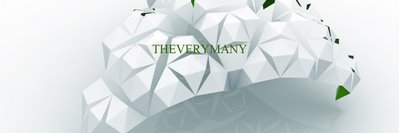
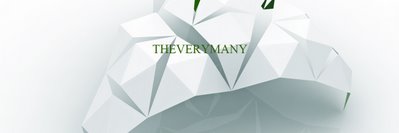
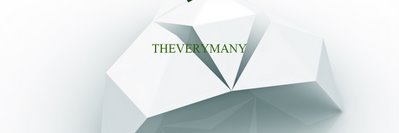
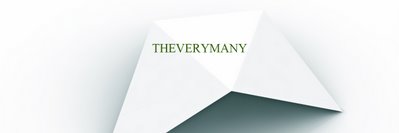
RECURSION
in mathematics and computer science, is a method of defining functions in which the function being defined is applied within its own definition. The term is also used more generally to describe a process of repeating objects in a self-similar way. For instance, when the surfaces of two mirrors are almost parallel with each other the nested images that occur are a form of recursion. (ie wikipedia),
RECURSIVEGROWTH - Generation 1 to 7 - is based on a coming back to "Recursion" (ie previous tests on subdivision, etc...) as the ultimo model of periodicity - why periodicity after many non-linear approaches? simple: the last series based on aperiodic tilling or replication were used because of high repetition within its model - therefore whenever one is approaching the concept of repetition its ultimo and endless quest is maximizing it...
periodicity for its advantages: easy nesting because exact same elements, also therefore easy nomenclature, ornamentation can be more intricate as repetitive, etc...
material system: flat panels - 4 types - also high repetition within the connections
to be continued...
Labels: architecture, biomimetism, biomimicry, ecologies, growth, periodic, recursive, theverymany
